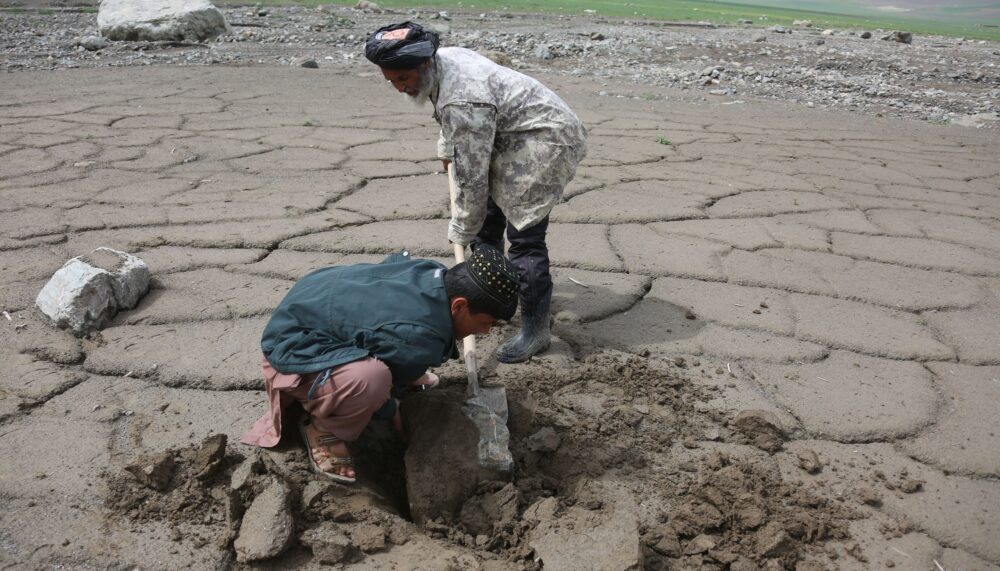BLOG POST | 13 Aug 2019
More weapons = more security?
Some thoughts on the demise of the INF Treaty

Are there parallels between the recent massacres in El Paso, Texas and Dayton, Ohio and the impending arms race following the abolition of the INF Treaty?
By Hans-Joachim Giessmann
Are there parallels between the two recent massacres in El Paso, Texas and Dayton, Ohio and the impending arms race following the abolition of the Intermediate-Range Nuclear Forces (INF) Treaty between Russia and the United States?
On the face of it, it’s an absurd comparison. But one which is nevertheless disturbing, at least in one respect: The events in El Paso and Dayton reveal the devastating consequences if weapons are not reliably controlled and restricted. The more than thirty fatalities in only two mass shootings tragically confirm the fallacy that the possession of weapons in a rule-of-law system creates more security than their effectively controlled restriction. This lack of restrictions on the possession of weapons on a small scale could prove to be a warning sign for the lack of arms control on a large scale. This, then, is the crux of my thoughts on the end of the INF Treaty.
It is an illusion that more weapons bring more security.
With the exception of the New START Treaty, which caps the number of strategic nuclear warheads held by both states until 2021, there is currently not a single treaty in force for the control and restriction of both superpowers’ nuclear weapons. The consequences are potentially devastating:
- The Treaty on the Non-Proliferation of Nuclear Weapons (NPT, 1968) threatens to be the next to fall. Under Article VI of the treaty, the nuclear weapons states committed to reduce their arsenals. If this no longer applies, why should other states continue to hold back? A global nuclear arms race is possible, and the spread of new missile technologies is likely.
- Strategic stability, based since the end of the 1960s on the assumption of balanced capabilities between Russia and the US, is at risk. Revolutionary technological capabilities (such as cyber or space) hold out the deceptive promise of unilaterally superior warfare. The danger of misjudgements is growing.
- A security dilemma is taking the place of stability. A lack of agreements and cooperation, combined with inadequate communication and growing mistrust, means that every arms decision by one side leads to countermeasures by another. This in turn provokes the development of new types of weapons by the first, and so on. An arms race to absurd heights looms, similar to the past when the US and Russian arsenals each contained more than 50,000 nuclear warheads. This arms race could involve all types of weapons and extend to previously prohibited or unused systems.
It is an illusion that more weapons bring more security. On the contrary, more weapons in many more hands mean a loss of security for everyone. The truth is that effective control and restriction of weapons are a prerequisite for stability, confidence-building and cooperation. Bilateral arms control reaches its limits when third countries are not prepared to join the efforts made so far. However, surrendering the bilateral controls already achieved is not a solution.
Instead, there is an urgent need for a new approach that is universally binding, multilateral and sustainable. The United Nations Security Council brings together as permanent members Russia, the US, China, France and the United Kingdom – the states which possess most of the world's existing nuclear weapons. They must now work together with urgency on a multilateral regime before nuclear arms control gets out of control.
Media contact
You can reach the press team at:
+49 (0) 177 7052758
email hidden; JavaScript is required


